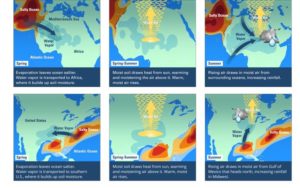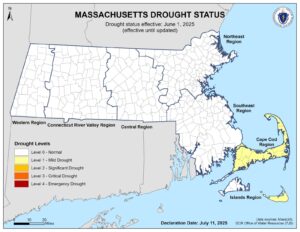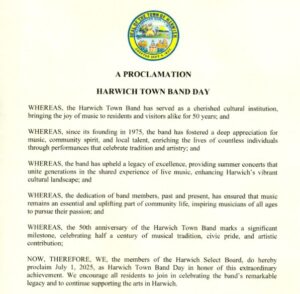WOODS HOLE – At last month’s American Geophysical Union meeting, a team of researchers from the Woods Hole Oceanographic Institution (WHOI) presented their latest research findings on the long-range predictions of rainfall on land.
Their method is based on ocean salinity rather than sea surface temperatures, which has been the standard for decades.
Using this method, a research team led by Ray Schmitt, a physical oceanographer at WHOI, was able to successfully predict the extreme rainfall event that flooded states throughout the Midwest in the summer of 2015.
The results of the study will be published in a paper currently in review.
Researchers analyzed more than 60 years of global ocean salinity and terrestrial rainfall data and found that year-to-year variations in salinity, or saltiness, in certain parts of the ocean can be used to make accurate predictions of seasonal rainfall on land, often thousand of miles away.
Schmitt and his colleagues first found evidence of a clear link between higher sea surface salinity levels in the North Atlantic Ocean and increased rainfall on land in the African Sahel—the area between the Sahara Desert and the savannah across Central Africa.
Schmitt and his colleagues also found that high springtime salinity in the western North Atlantic correlates with high summer rainfall in the U.S. Midwest.
























